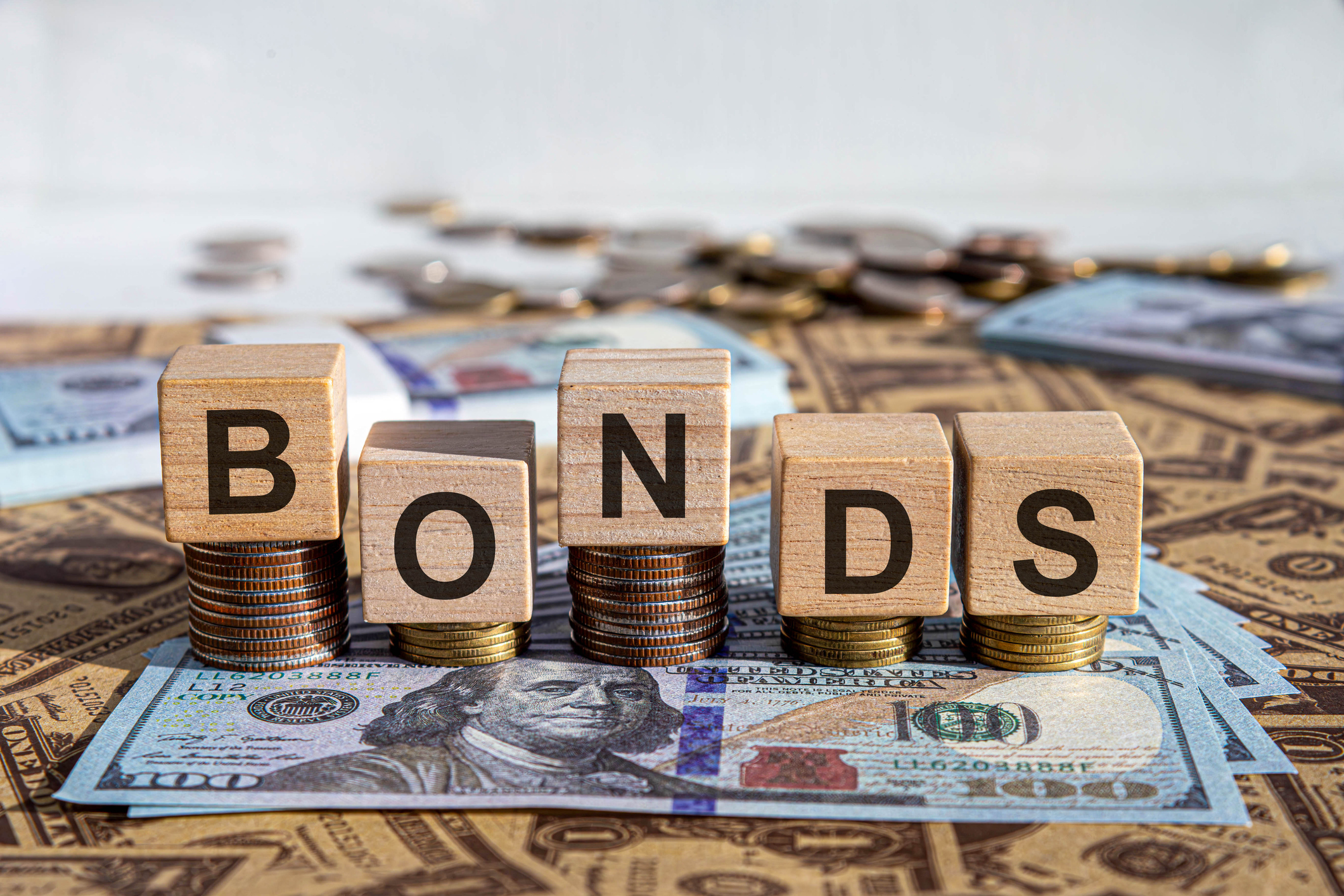Online Daily Deals Help Firms Gain Traffic
E-mailed promotions lure new customers with big discounts
Yet another way to get bargain-basement deals straight to your inbox: Daily deal programs, which number 150 and growing. Here’s how they work: Daily deal companies e-mail a new promotion each day to Web users who sign up to receive deals for their area. The discounted prices are available for only one day, but the deals can be redeemed for up to a year. Customers purchase the deal online and then get a voucher that they present at the point of sale. Shoppers like the discounts as well as the challenge – beating out the clock before the deal expires.
Daily deals give consumers the chance to try something new on the cheap – and businesses get to show off their products or services to a new audience. “Daily deals are really a city discovery guide,” says Jimmy Hendricks, the CEO of Deal Current, a daily deal vendor that sells a software platform used by media outlets to feature the offers. Other brands, such as Groupon or LivingSocial, run independent daily deal services as well as partner with some media outlets. Right now the services are mainly in cities, but are spreading beyond urban borders. Groupon already offers some deals targeted to suburbs such as Northern Virginia and Montgomery County just outside of the Washington, D.C. Other services are likely to follow suit.
While businesses ranging from grocery stores to fitness studios have seen business spike from the deals, distinctive experiences have a special allure for consumers: Groupon recently sold 17,000 tickets for a Chicago architecture boat tour, for example. “It’s the quirky kinds of things that have done so well,” says Peter Krasilovsky, vice president and program director for Marketplaces, the e-commerce practice at marketing consulting firm BIA/Kelsey. “People are bored. They’re asking, ‘What can we do to have some fun?’” During the recession, the deals were especially useful for boosting business for activities that consumers might have considered discretionary – such as a night at the theater or a high-end restaurant. “The discount is the little extra push that will get you to commit,” says LivingSocial CEO Tim O’Shaughnessy.
From just $107.88 $24.99 for Kiplinger Personal Finance
Become a smarter, better informed investor. Subscribe from just $107.88 $24.99, plus get up to 4 Special Issues

Sign up for Kiplinger’s Free Newsletters
Profit and prosper with the best of expert advice on investing, taxes, retirement, personal finance and more - straight to your e-mail.
Profit and prosper with the best of expert advice - straight to your e-mail.
It’s also easy for consumers to share the deals with friends online, capitalizing on consumers’ affinity for social networking – which is especially helpful when it comes to promotions for a group tour of a vineyard or a girls’ day at a spa, Krasilovsky says. The services usually offer the opportunity to share the discounts with friends through Facebook, Twitter or other social networking sites. Groupon actually requires that a certain number of people buy a deal before customers get the discount and are charged for the voucher. In LivingSocial’s program, a deal buyer gets the voucher for free if three friends purchase it.
Even with the increased traffic, the deals are often loss leaders for businesses: Prices are set deliberately low, and featured businesses split revenues with marketers. The split in revenues between the service and the featured business varies. Groupon takes about half, while LivingSocial gets between 30%-40% of the revenues. Deal Current structures its take on a tiered scale that gives businesses more money as more customers buy, up to a top level of 70%.
Firms aim to gain customers for the long haul. In February, Source Yoga in Indianapolis sold 780 vouchers through Groupon. The deal included three yoga classes and a massage for 67% off. But because the studio pays its teachers per student, it took a hit from the big jump in pupils, and owner Janie Gunn had to cap teacher pay. Although Gunn found the flood of responses overwhelming at first, she says the vouchers have “infused a lot of new blood” into her customer pool and are starting to pay off. So far, about one of every eight Groupon customers is signing a contract.
Profit and prosper with the best of Kiplinger's advice on investing, taxes, retirement, personal finance and much more. Delivered daily. Enter your email in the box and click Sign Me Up.
-
 Changes Are Coming for This Invesco Bond Fund
Changes Are Coming for This Invesco Bond FundThe Invesco BulletShares 2026 Corporate Bond ETF's bonds will mature in 2026. Here's what investors should do.
-
 What Science Reveals About Money and a Happy Retirement
What Science Reveals About Money and a Happy RetirementWhether you’re still planning or already retired, these research-based insights point the way to your best post-work life.
-
 7 Retirement Planning Trends: What They Mean for You in 2026
7 Retirement Planning Trends: What They Mean for You in 2026From government shutdowns to market swings, the past 12 months have been nothing if not eventful. The key trends can help you improve your own financial plan.
-
 Disney’s Risky Acceptance of AI Videos
Disney’s Risky Acceptance of AI VideosThe Kiplinger Letter Disney will let fans run wild with AI-generated videos of its top characters. The move highlights the uneasy partnership between AI companies and Hollywood.
-
 AI Appliances Aren’t Exciting Buyers…Yet
AI Appliances Aren’t Exciting Buyers…YetThe Kiplinger Letter Artificial intelligence is being embedded into all sorts of appliances. Now sellers need to get customers to care about AI-powered laundry.
-
 What to Expect from the Global Economy in 2026
What to Expect from the Global Economy in 2026The Kiplinger Letter Economic growth across the globe will be highly uneven, with some major economies accelerating while others hit the brakes.
-
 The AI Boom Will Lift IT Spending Next Year
The AI Boom Will Lift IT Spending Next YearThe Kiplinger Letter 2026 will be one of strongest years for the IT industry since the PC boom and early days of the Web in the mid-1990s.
-
 Amid Mounting Uncertainty: Five Forecasts About AI
Amid Mounting Uncertainty: Five Forecasts About AIThe Kiplinger Letter With the risk of overspending on AI data centers hotly debated, here are some forecasts about AI that we can make with some confidence.
-
 Worried About an AI Bubble? Here’s What You Need to Know
Worried About an AI Bubble? Here’s What You Need to KnowThe Kiplinger Letter Though AI is a transformative technology, it’s worth paying attention to the rising economic and financial risks. Here’s some guidance to navigate AI’s future.
-
 Will AI Videos Disrupt Social Media?
Will AI Videos Disrupt Social Media?The Kiplinger Letter With the introduction of OpenAI’s new AI social media app, Sora, the internet is about to be flooded with startling AI-generated videos.
-
 What Services Are Open During the Government Shutdown?
What Services Are Open During the Government Shutdown?The Kiplinger Letter As the shutdown drags on, many basic federal services will increasingly be affected.